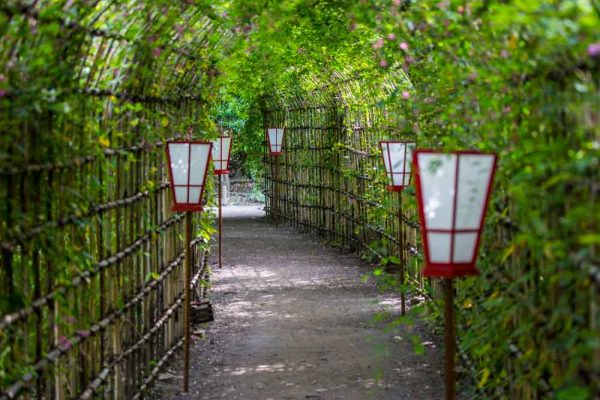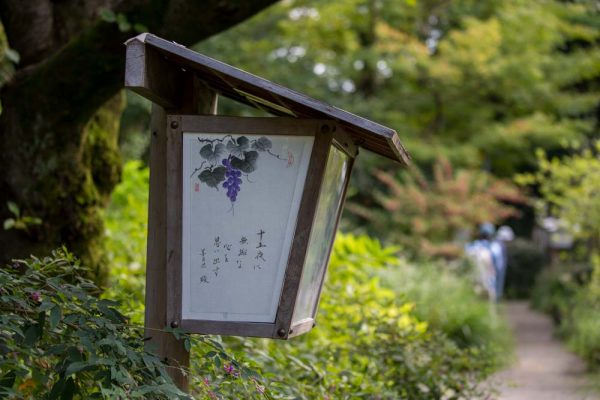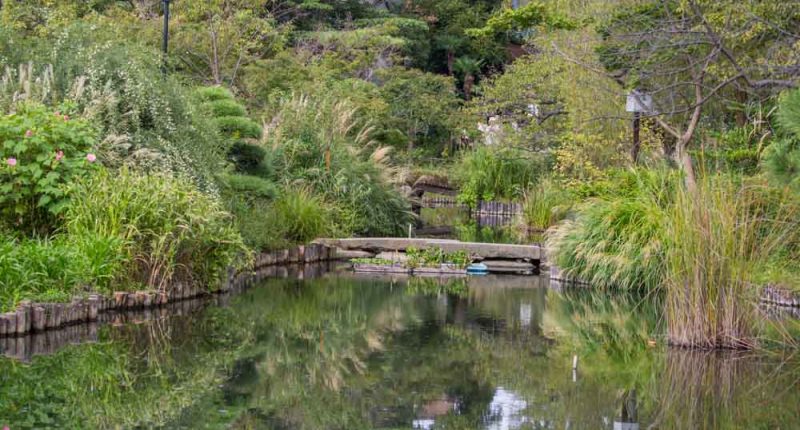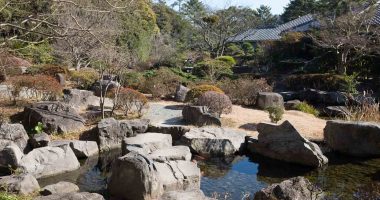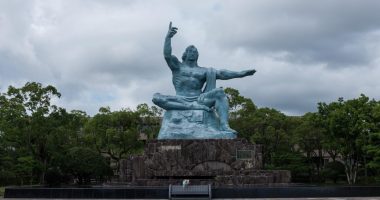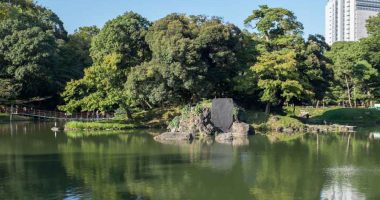Mukojima-Hyakkaen (向島百花園) was the idea of a wealthy antique dealer by the name of Sahara Kiku who wanted to open a garden to dedicated to flower-bearing plants. It is thought that the “hyakkaen” part of the name comes from “the garden where a hundred flower blooms all seasons of the year” (“hyakku” means “hundred” and “en” is the suffix for “garden”). Wandering around the grounds of the garden feels like walking around a sort of sculpted wild field—and for this reason the horticulturists among us would no doubt love it. Indeed, there is always something in bloom in the garden no matter when you visit, although those looking for something uniquely quaint and “Japanese” may be better off heading to Rikugien or Kiyosumi Gardens. The gardens were donated to the City of Tokyo in 1938 and opened to the general public the following year.
